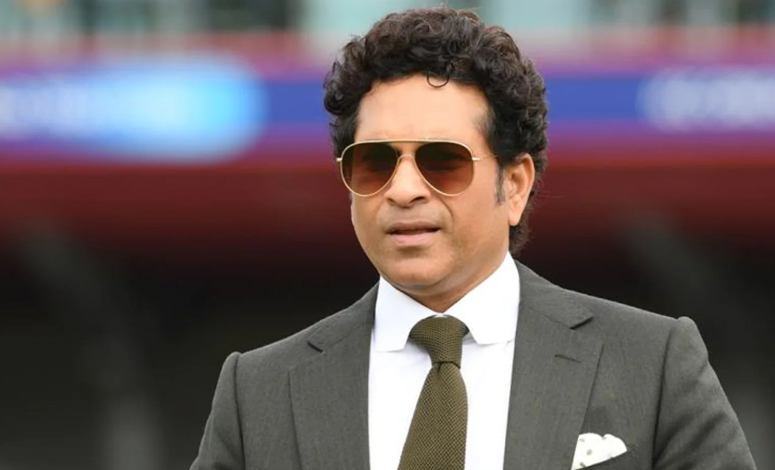Cricket News
‘Four innings of 25 overs, remove the second new ball, and more’- Sachin Tendulkar proposes changes to make the ODI game fairer

Speaking to journalists ahead of his 50th birthday, Indian cricket legend Sachin Tendulkar has put forth a few ideas to restore the balance between bat and ball in ODI cricket, which he feels is too much in favour of the batters at this point.
One of the changes that the master blaster would like to make to ODI cricket is to do away with the second new ball, which he felt eliminated reverse swing from the game while also preventing balls from getting soft or losing colour. He explained that the ball being 12 or 13 overs old even in the 25th over put a lot of pressure on the bowling side while eliminating a challenge for batters of a previous generation, who had trouble picking the ball because of its discolouration.
Another element that Tendulkar felt was missing in ODI cricket was giving some sort of advantage to the bowlers, which he felt could be rectified by tweaking some field restrictions. He said that having to have five fielders in the ring between overs 11 and 40 was forcing spinners to bowl defensive lines because they couldn’t change their line.
He revealed that he had spoken to a lot of spinners about this, and this was the overall opinion, explaining that if an off-spinner was bowling, he was forced to bowl a middle-stump line because either deep point or long-off would need to be in the ring. This prevented them from deceiving the batter by getting him to play a cover drive, forcing them to settle for a defensive line instead.
Another change suggested by Tendulkar related to the toss advantage and the dew factor in ODIs, wherein he said that the solution was to have a 25-25 overs match where one team bats for 25 overs, followed by the other team doing the same, and then the first team coming back for another 25 overs to resume from where they stopped.
He explained that this was because, in the current format, a small coin could decide the fate of the game and one side was favoured by the prevailing conditions simply because their captain won the toss, which resulted in the game no longer being a fair competition between two sides.
He said that the side bowling second only had the first six-seven overs to make something happen because the spinners wouldn’t get any purchase off the surface and neither would the seamers be able to swing the ball once it got wet. As such, it did not allow the bowling side to come back into the game. However, dividing these overs would mean that both sides would bat and bowl in dry and wet conditions.
He clarified that the side winning the toss would still retain some advantage, but it would be balanced out to a 10-15% advantage as compared to the 90% advantage as it is now.

